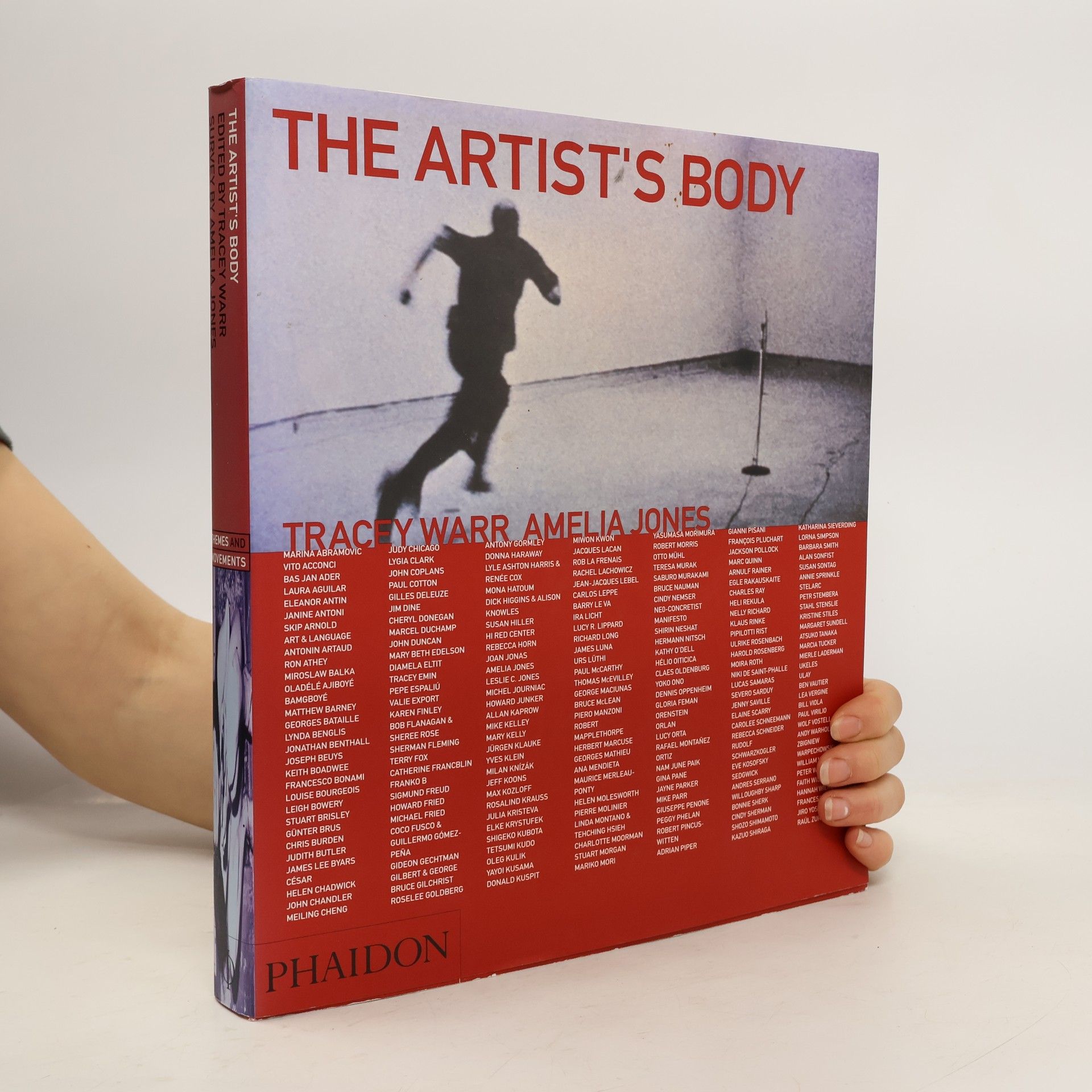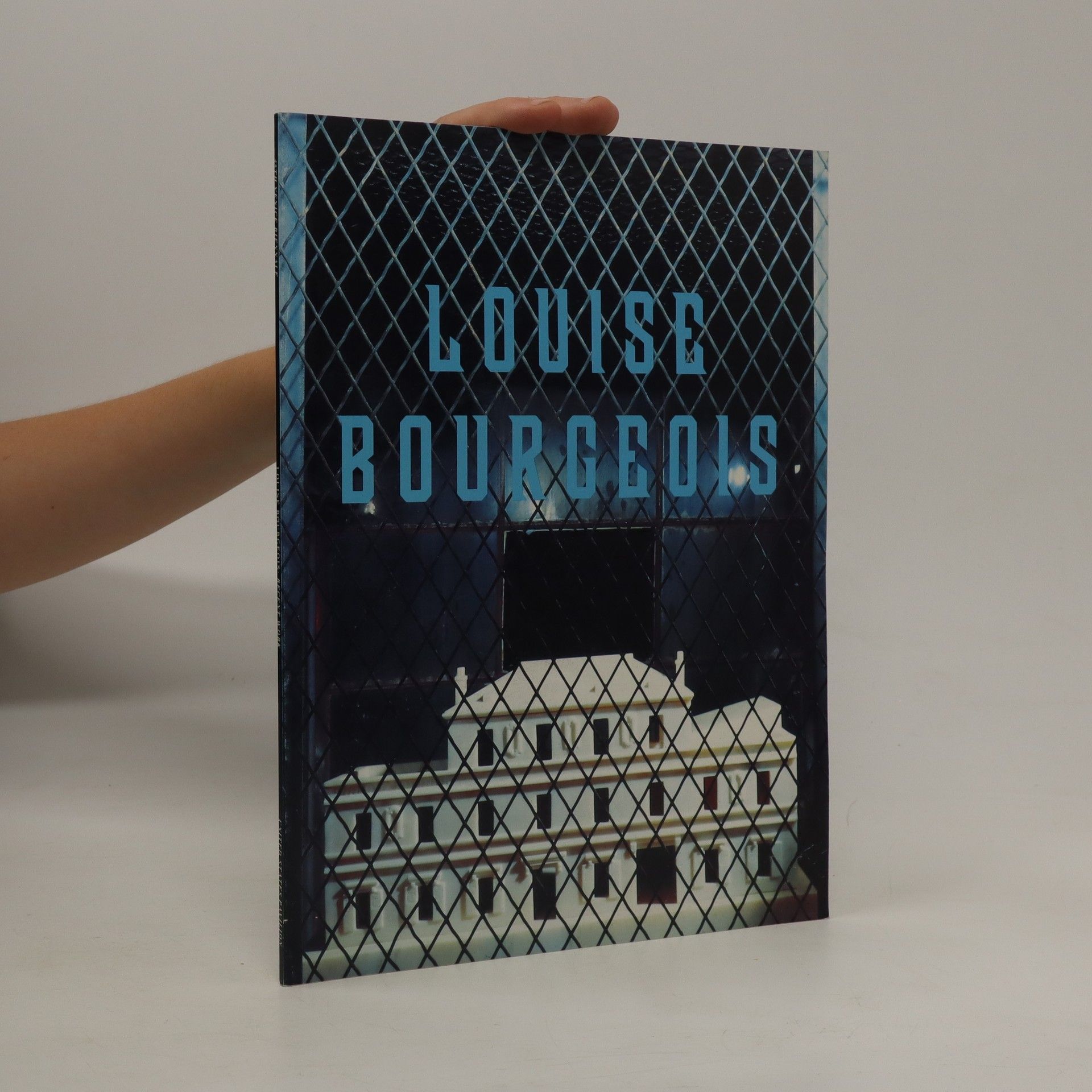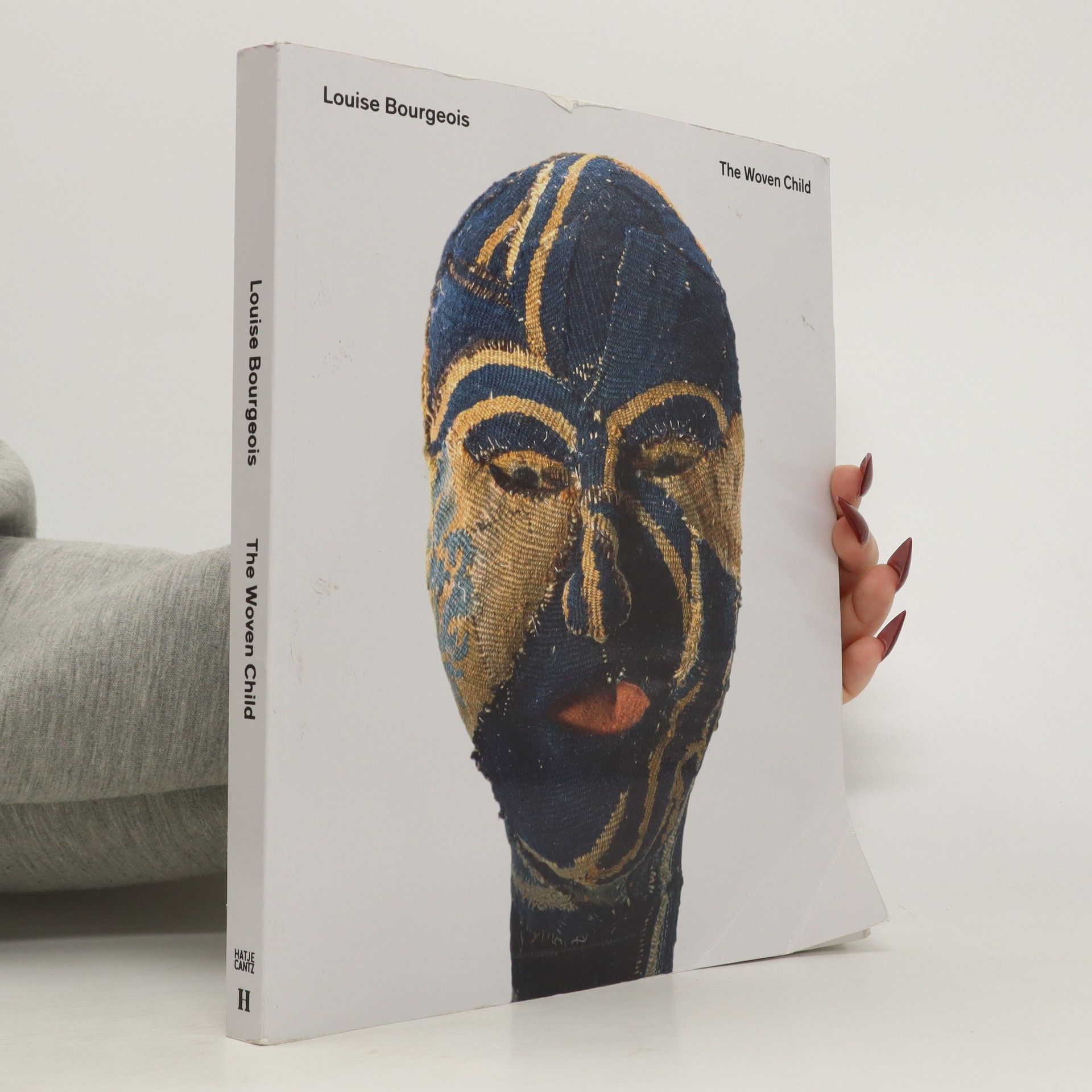Late textile works by the artist who helped pioneer the sculptural use of fabric in art This book provides a comprehensive overview of the fabric works from the last two decades in the career of legendary artist Louise Bourgeois (1911–2010). “I’ve always had a fascination with the needle,” she once said, “the magic power of the needle. The needle is used to repair damage. It’s a claim to forgiveness.”This body of work began when the artist started incorporating clothes from all stages of her life into her art, and later expanded to include a range of other textiles such as bed linen, handkerchiefs, tapestry, and needlepoint. The fabric works mine the themes of identity and sexuality, trauma and memory, guilt and reparation, and serve as metaphors for emotional and psychological states.The catalog―which accompanies the exhibition at the Hayward Gallery, London, and the Gropius Bau, Berlin―features works from numerous series, including the monumental Cell installations, figurative sculptures and abstract drawings.
Louise Bourgeois Knihy
Louise Bourgeois byla francouzsko-americká umělkyně, jejíž rozsáhlá tvorba zahrnovala sochařství, instalace, malbu a grafiku. Ve své práci se opakovaně zabývala tématy jako je rodina, sexualita, tělo, smrt a nevědomí, přičemž tato témata čerpala z událostí vlastního dětství, které považovala za terapeutické. Ačkoli její dílo sdílí prvky s kubismem, surrealismem a feministickým uměním, Bourgeois se nikdy formálně nezařadila k žádnému konkrétnímu uměleckému hnutí. Její jedinečný umělecký přístup ji činí výraznou postavou uměleckého světa.






Examines the sculptor's feminist and subversive works that often mingle human and animal forms
Louise Bourgeois: The Return of the Repressed
- 500 stránek
- 18 hodin čtení
Features approximately 80 writings by Louise Bourgeois, which, combined with eight extensive scholarly essays turns our critical understanding of Bourgeois work on its head. This title shows the enduring presence of psychoanalysis as a motivational force and a site of exploration in her life and work.
Louise Bourgeois: The Spiral
- 84 stránek
- 3 hodiny čtení
Spirals are a recurring motif in the work of Louise Bourgeois, including her sculpture, painting, and drawings from as early as the 50s through 2010 the year of her death. It has two directions. Where do you place yourself, at the periphery or at the vortex? The spiral is simultaneously "the fear of losing control" and the experience of "giving up control; of trust, positive energy, of life itself." In another book Bourgeois is quoted as saying "The spiral is important to me. It is a twist. As a child, after washing tapestries in the river, I would turn and twist and wring them... Later I would dream of my father's mistress. I would do it in my dreams by wringing her neck. The spiral -- I love the spiral -- represents control and freedom." In materials as diverse as wood, steel, bronze, latex, marble, plaster, resin, hemp, lead, ink, pencil, crayon, woodcut, watercolor, and gouache, Bourgeois investigates every imaginable manifestation of the spiral, from graphic patterns to graphite whorls, wobbly orbits to chiseled vortices, twisted columns to coiling snakes, staircases, and pyramids. The cursive blue-paper word drawings, in English and French, complement the purely visual works by conveying the spirit of Bourgeois' poetry in extraordinary pictorial forms.
Themes & Movements: The Artist's Body
- 304 stránek
- 11 hodin čtení
Tracing artists' increasing use of their bodies as subject and actual material of their artworks, this title charts the rise of new forms of expression such as Body Art, Happenings, Performance and Live Art.
Louise Bourgeois - passage dangereux
- 94 stránek
- 4 hodiny čtení
Destruction of the father, reconstruction of the father
- 440 stránek
- 16 hodin čtení
Chefs-d'œuvre ?
- 570 stránek
- 20 hodin čtení
Chefs d'uvre L'exposition d'ouverture du centre Pompidou-Metz.


